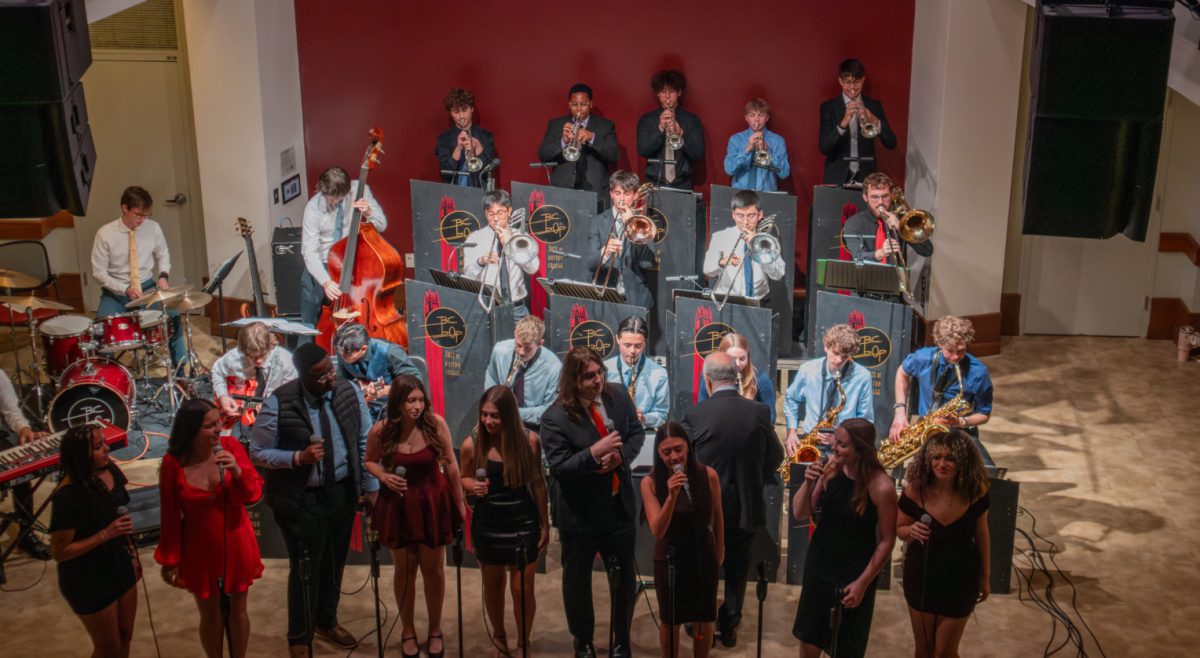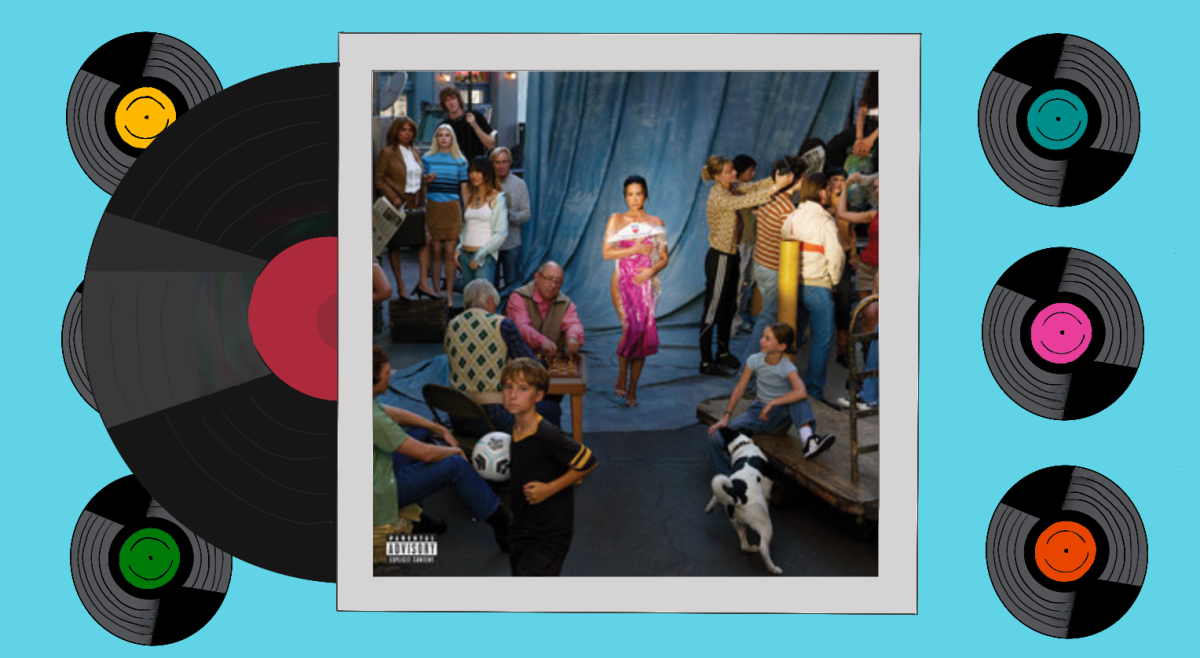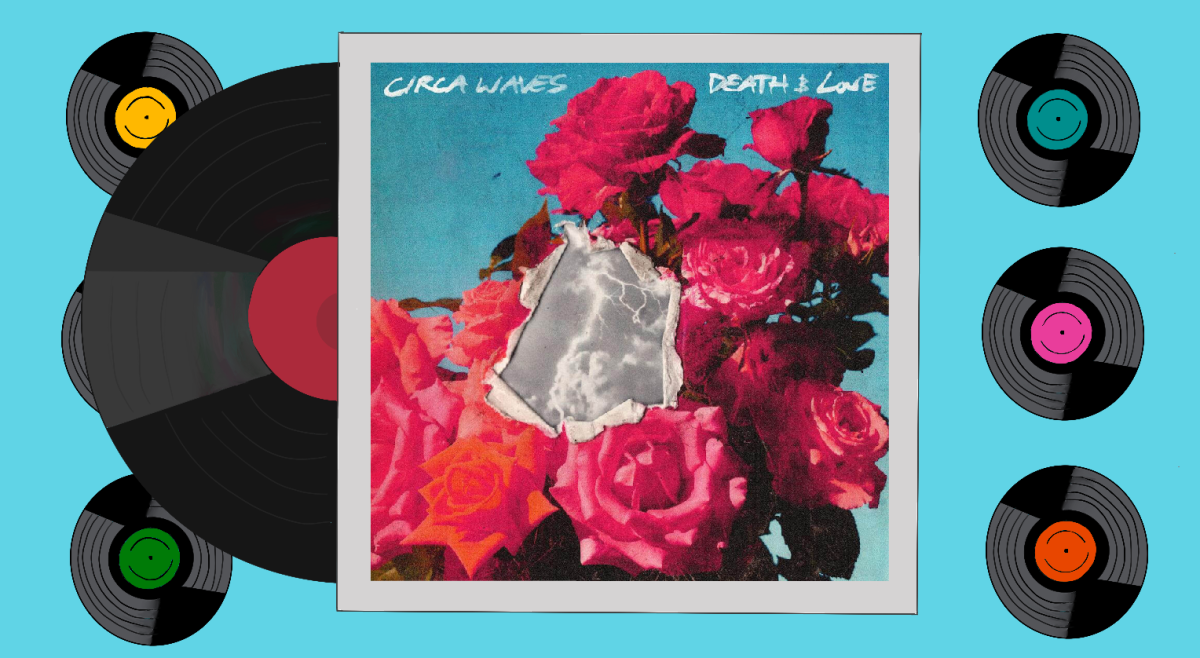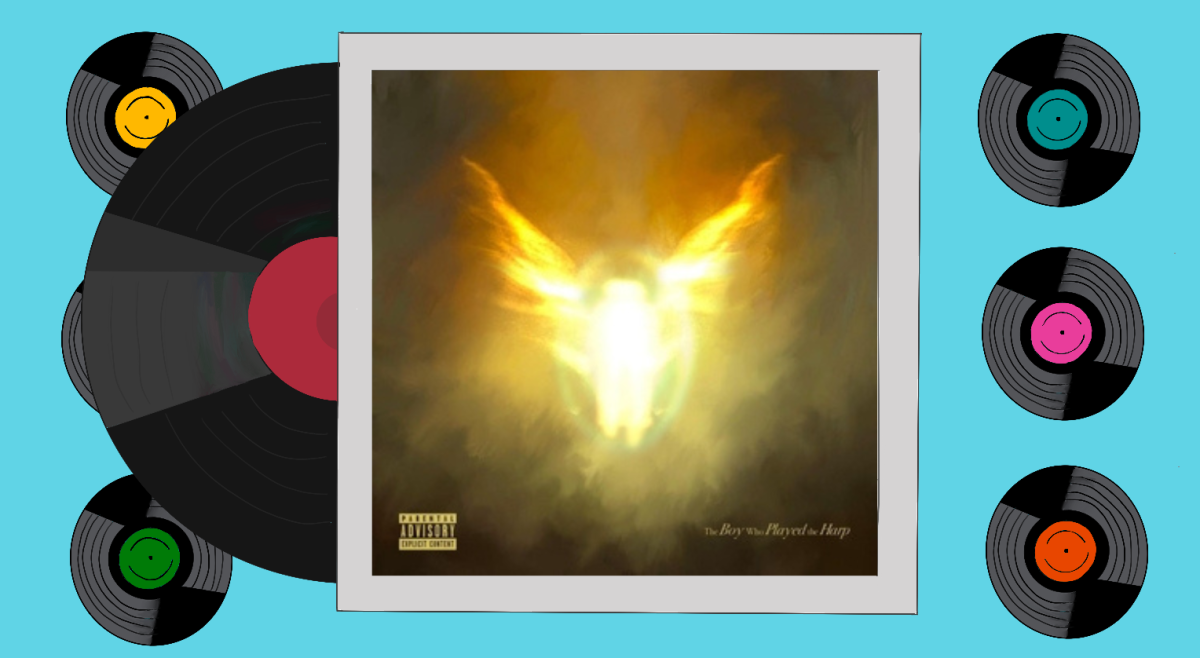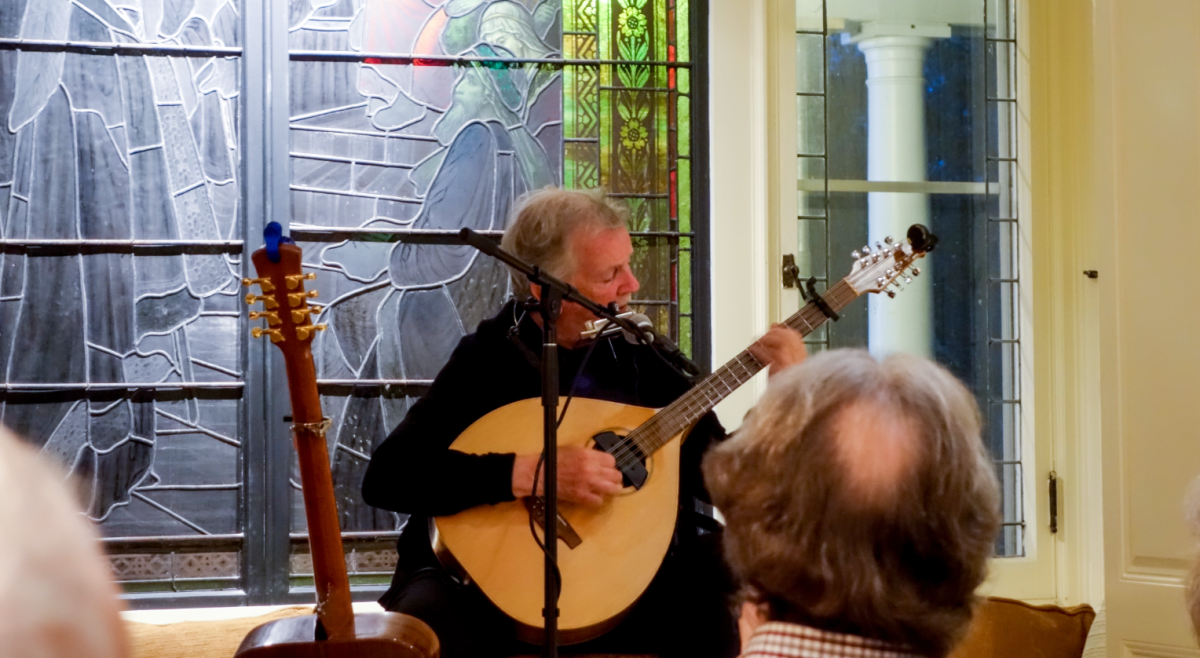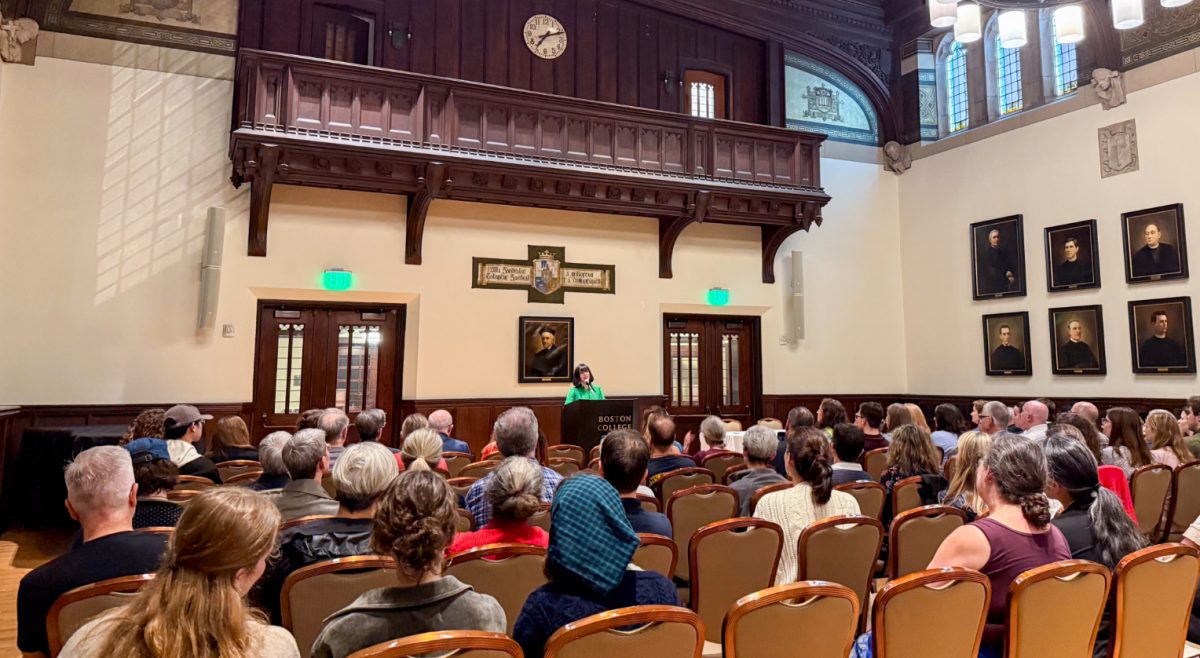People have been social long before the advent of Facebook. Though technological advancement have extended these social networks, before their invention, people never ceased trying to cast a wider net. The Being Social Before Social Media exhibit in the Burns Library uses telegraphs, letters, postcards, and photographs to describe how life used to be before technological applications not so long ago.
Being Social Before Social Media is a compelling concept for those who have only grown up in the Internet Age. The way people present themselves online can be tied closely to how people perceive each other and even themselves. This easy, readily available access to information about each other is so pervasive, and some may find it hard to imagine a time before it. The Burns Library, home to some of Boston College’s most precious archives, dives into this topic headfirst.
This exhibit conveys that even before social media, people tried to filter the image they presented to the public. Under the header “Been There, Done That,” examples document ways in which people would share their activities in less-than-instant ways. Among the many items were postcards sent to friends and family during a vacation, boxer John Lawrence Sullivan’s autograph book, and even a City Planning Board Map of the City of Boston. Many of these, like the postcards and autograph book, convey status, but through a physical object rather than a media post.
Another display also features the myriad of ways in which people took down information and communicated with one another. Nestled under a board that read, “Get It Done!” were physical examples of some of the old technology people had to use to “get it done.” While people are able to use phones and computers to easily take down information and send it out, the display demonstrates how inconvenient the dissemination of information was in the past. Bulky typewriters, film reels from BC Athletics, and even audio cassettes from the New England Deaconess School of Nursing, are physical reminders of past processes many would find archaic.
The most thought provoking displays called to mind facets of social media we might overlook. The “Buddy Can You Spare a Dime?” section illustrates the evolution of fundraising and charity. Although the Catholic Mass still uses the collection box featured in the display, other objects like dues payment cards from organizations like the Irish National League seem to be a thing of the past, completely replaced by online apparati.
The physical examples the exhibit uses makes its questions more tangible. The visuals of handwritten postcards from fancy places, a typewriter, and telegrams ask viewers to access what is considered social media. In one way or another, people have always been looking to cultivate an image. Today, it is through a profile picture on Facebook—in years past, it was a photo selected for the yearbook.
Social media allows for a more connected process to illustrate this information. What has changed is the method. People have always tried to represent themselves and put forth an image, only now it is more widely accessible to people’s 1,000 closest friends.
The display manages to present this information without championing the past or present. As the way people use social media is oftentimes a contested issue, this exhibit appeals to a wide audience that could completely disagree. What the exhibit does demonstrate is how disjointed, disconnected, and slow all of this material was before social media existed. But the content has always been the same. The only thing that has changed is how we have access to information and the speed at which we can receive it.
Featured Image By Lizzy Barrett / Heights Editor



